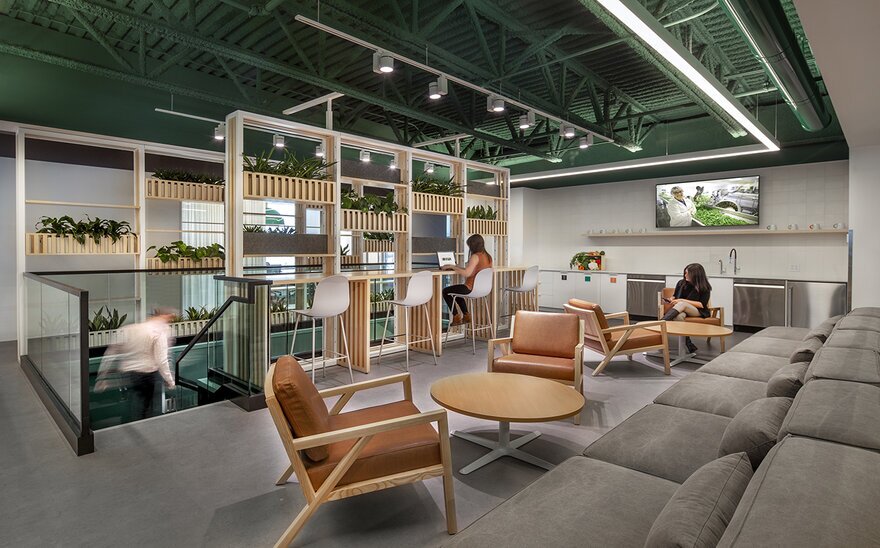
How to create a regenerative workplace
As more and more employees prefer to work remotely, the role of the office in an enterprise needs to be rethought. How can employees’ needs be met? How can you provide them with a useful and relevant experience that they don’t have at home?
You need a flexible and personalized solution: the regenerative workplace.
According to the French society JLL, the regenerative workplace is: “a regenerative space at collaborators’ disposal, an oasis where one can go to resynchronize themselves with their enterprise, regenerate, and reenergize”. Truthfully, the advantage of a regenerative workplace is that each enterprise will personalize it according to their collaborators, the nature of their work, as well as individual and collective needs. The secret? Being flexible and open-minded.
To create a regenerative workplace and provide well-designed and pleasant spaces, you need to focus on the following 4 key factors:
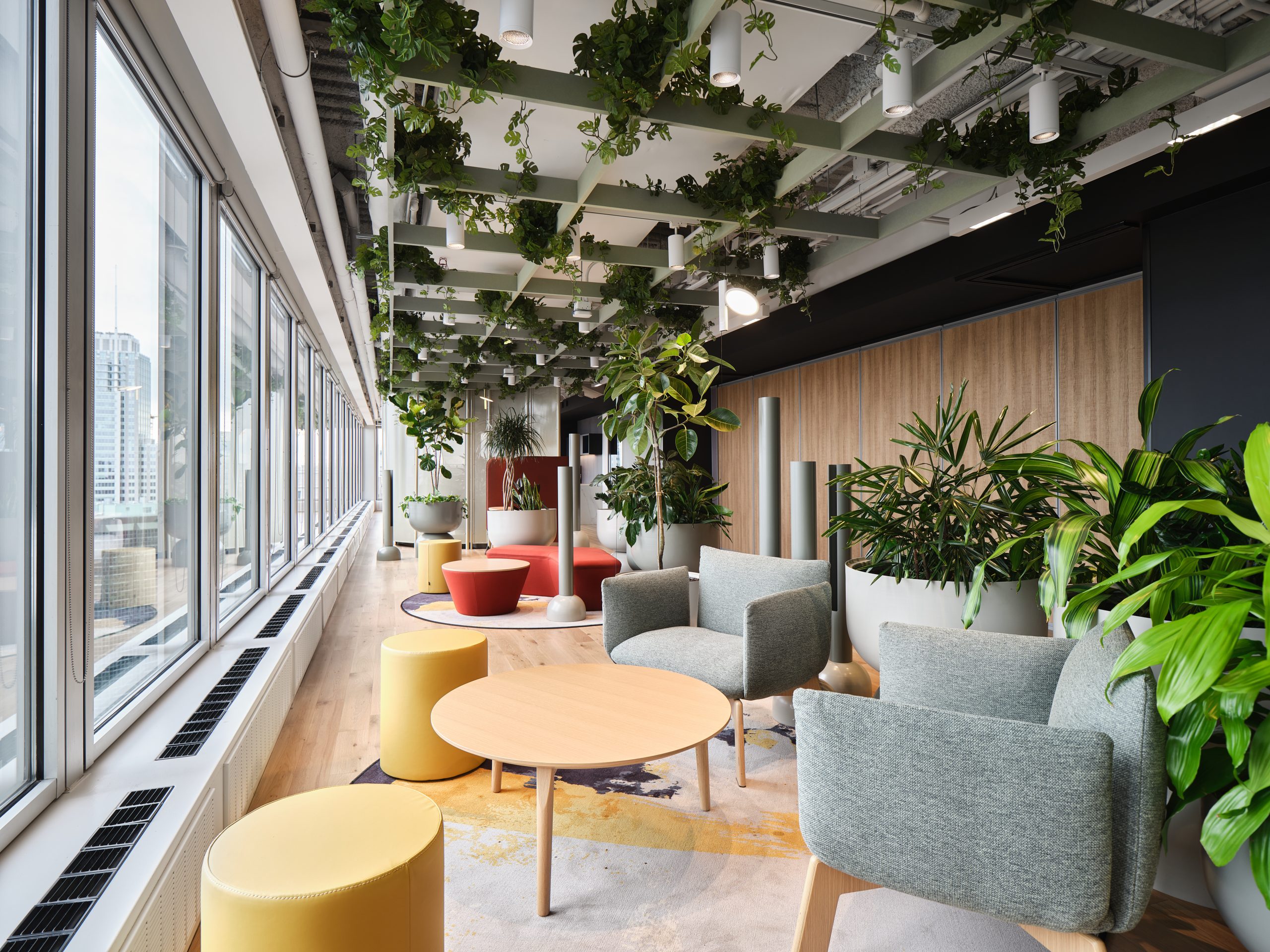
CONFORT AND ACOUSTICS
Coming back to the office means the pleasure of teamwork and seeing your colleagues again, but it also means the return of open areas and noise. It’s a fact; noise has an impact on employees’ concentration, comfort, and overall health. Who here hasn’t ended their day with a splitting headache because of loud or incessant noise? Just a reminder, the maximum level of exposure admissible in Quebec is 90 dBA for 8 consecutive hours. Even if the ambient noise often stays below the recommended level, it remains disturbing and frustrating for workers.
To avoid concentration problems while improving the tranquility and well-being of your employees, think about your office’s acoustics. For example, it is possible to cover the walls or ceiling with 3D acoustic tiles designed to reduce the impact of ambient noise and reverberation. Artofix’s products combine acoustic comfort and design for healthy and inspiring environments.
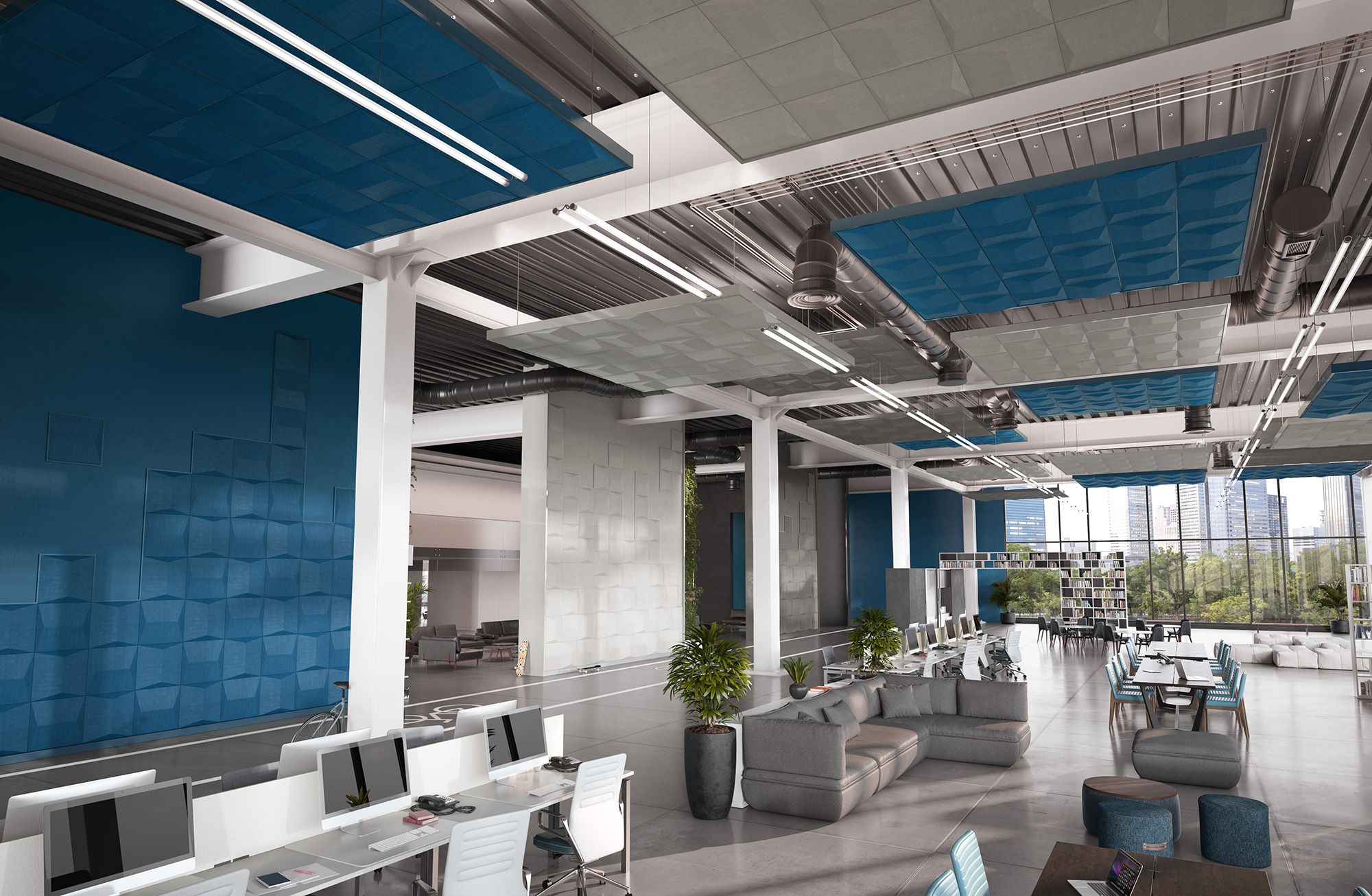
USABILITY
If the recent confinements taught us anything, it’s that it is very uncomfortable to work all day on a kitchen chair. But above comfort, the usability of a workspace helps to reduce health problems long term. Did you know that on average workers spend 38 minutes of every hour sitting with bad posture?
As office employees spend the majority of their time sitting in front of their computer, it is important to invest in ergonomic furniture. When creating a regenerative workplace, consider ergonomic chairs to improve posture and prevent injury, adjustable height desks to vary work positions, or even keyboard support and ergonomic computer mice to avoid tendinitis.
To improve the usability of a work station, you can adjust the height of the screens, check the seat of your chair, or even better, invest in Humanscale’s products such as adjustable desks, the Quickstand accessory that allows you to easily go from sitting to standing, footrests, etc.
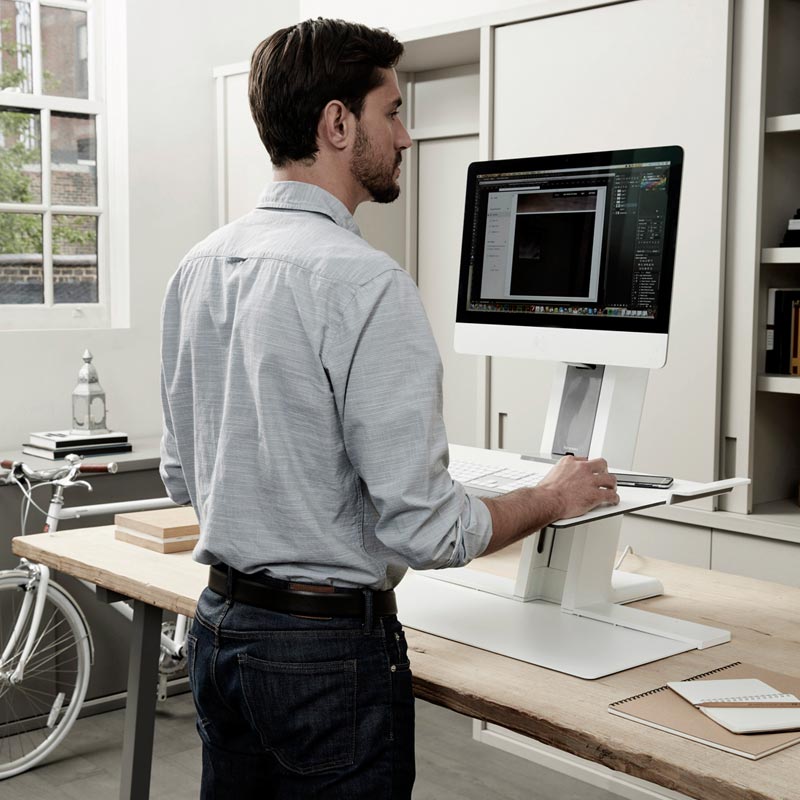
VERSATILITY AND VARIETY
Creating a regenerative workplace requires a certain investment of time and money. It is therefore important to focus on versatile furniture that can adapt to your employees’ needs throughout the work day. When coming to the office, your employees will appreciate discovering various work areas that can be personalized with the help of furniture that can have different uses.
Think of creating different spaces in which to host meetings and promote individual or collaborative work, without forgetting spaces that promote relaxation. Relaxation areas equipped with sofas can be the perfect place for brainstorming between colleagues before transforming into a temporary office with a phone booth to cut out ambient noise.
The regenerative workplace must be versatile, and Place Ville Marie business campus’s Flex project is the perfect example: the workspaces (which can be reserved online) invite creativity, collaboration, and relaxation; they are also perfect for working on projects that require more concentration. They are a great way of prioritizing workers’ satisfaction and well-being.

ADAPTABILITY
Today’s office workers are flexible. Where some are happy to return to work in the office all week, others prefer to separate their work time between their home and the office. The regenerative workplace must therefore adapt to this new way of working. For the employer, this means providing the right type of office according to their employees’ demands: how many assigned work stations do you need? Where will you place the unassigned work stations?
Even if assigned offices and flexible offices each come with their pros and cons, it is possible to transform each of them into an asset for your enterprise. You can be inspired by Teknion’s KIOSK collection to design work spaces according to your employees’ needs: tables on wheels, mobile storage spaces, nomadic walls that can be moved from a meeting room to an open area, etc.
When work habits change, workspaces have to be reinvented!
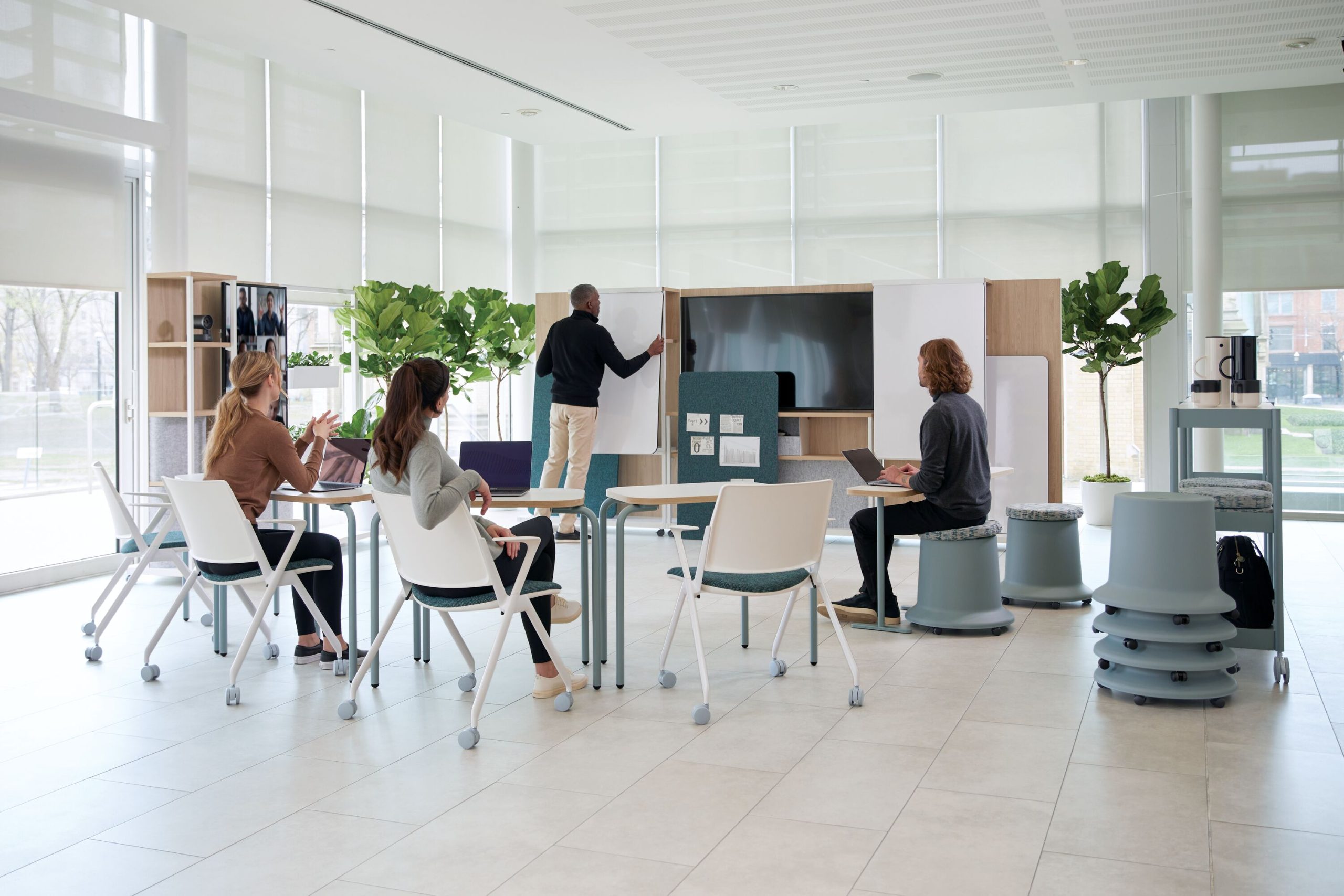
Whether it is to improve your employees’ productivity, encourage them to return to the office, or to optimize your workspace, it is time to create a regenerative workplace! Don’t hesitate to contact our experts to help you make the best decisions possible for your offices!
